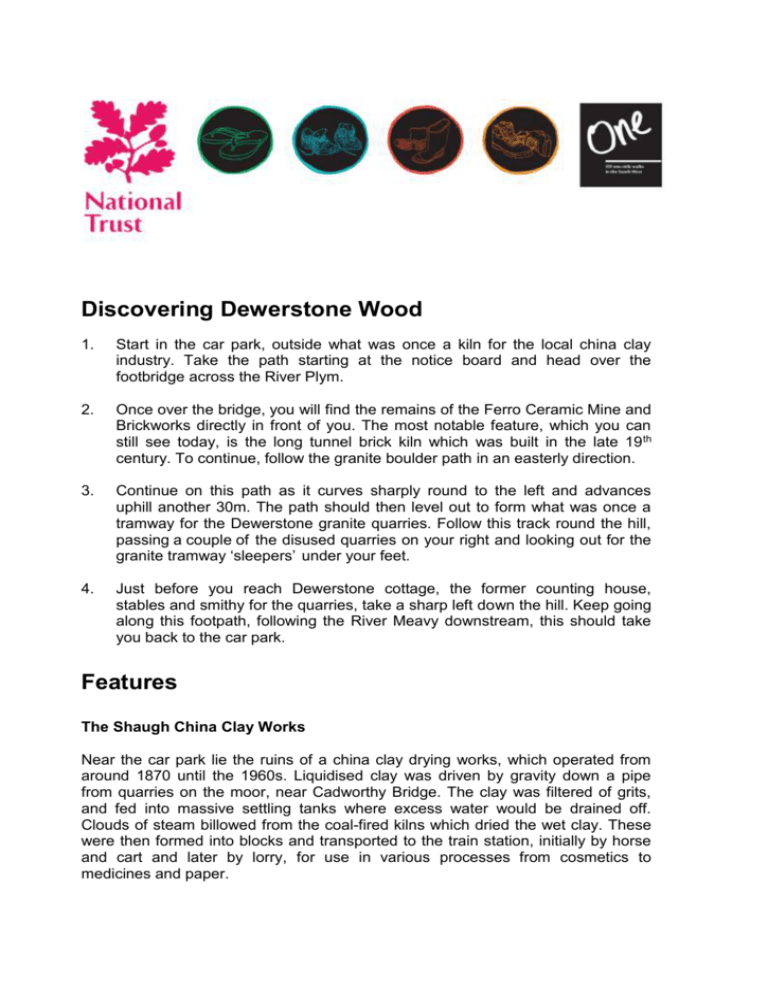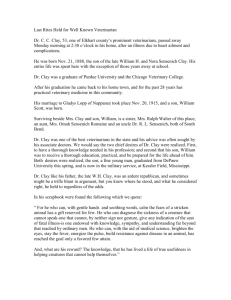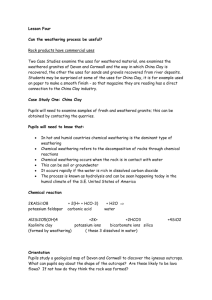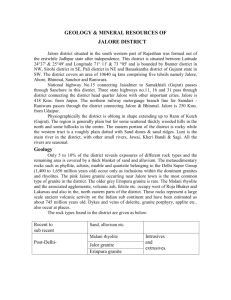Find out more about this walk and directions
advertisement

Discovering Dewerstone Wood 1. Start in the car park, outside what was once a kiln for the local china clay industry. Take the path starting at the notice board and head over the footbridge across the River Plym. 2. Once over the bridge, you will find the remains of the Ferro Ceramic Mine and Brickworks directly in front of you. The most notable feature, which you can still see today, is the long tunnel brick kiln which was built in the late 19 th century. To continue, follow the granite boulder path in an easterly direction. 3. Continue on this path as it curves sharply round to the left and advances uphill another 30m. The path should then level out to form what was once a tramway for the Dewerstone granite quarries. Follow this track round the hill, passing a couple of the disused quarries on your right and looking out for the granite tramway ‘sleepers’ under your feet. 4. Just before you reach Dewerstone cottage, the former counting house, stables and smithy for the quarries, take a sharp left down the hill. Keep going along this footpath, following the River Meavy downstream, this should take you back to the car park. Features The Shaugh China Clay Works Near the car park lie the ruins of a china clay drying works, which operated from around 1870 until the 1960s. Liquidised clay was driven by gravity down a pipe from quarries on the moor, near Cadworthy Bridge. The clay was filtered of grits, and fed into massive settling tanks where excess water would be drained off. Clouds of steam billowed from the coal-fired kilns which dried the wet clay. These were then formed into blocks and transported to the train station, initially by horse and cart and later by lorry, for use in various processes from cosmetics to medicines and paper. Climbing at Drewerstone The Dewerstone stands in a commanding position above the River Plym. It takes its name from the Dartmoor legend of demonic hunter Dewer - the Devil himself. When night fell, Dewer would hunt down people who were lost on the moor. Accompanied by a pack of fearsome, ghostly dogs called Whist Hounds, Dewer would drive people to their deaths via a fatal fall from Drewerstone’s highest cliff: the 150ft Devil’s Rock. These days Devil’s Rock is a climbing hotspot in the South West. The Dewerstone cup High up on the hill above the tall cliffs at Dewerstone are two stony banks which form ramparts that cut off the spur end of the hilltop. These belong to a Neolithic Tor Enclosure dating back some 5,000 years. About 3,000 years ago, in the Bronze Age, another enclosure with a small hut circle was built inside the earlier defence. Was it someone once living here that gave a Drewerstone climber in the 1960’s the find of a lifetime when they discovered a small Bronze Age pottery vessel hidden in the cliffs?







![[1.1] Prehistoric Origins Work Sheet](http://s3.studylib.net/store/data/006616577_1-747248a348beda0bf6c418ebdaed3459-300x300.png)



